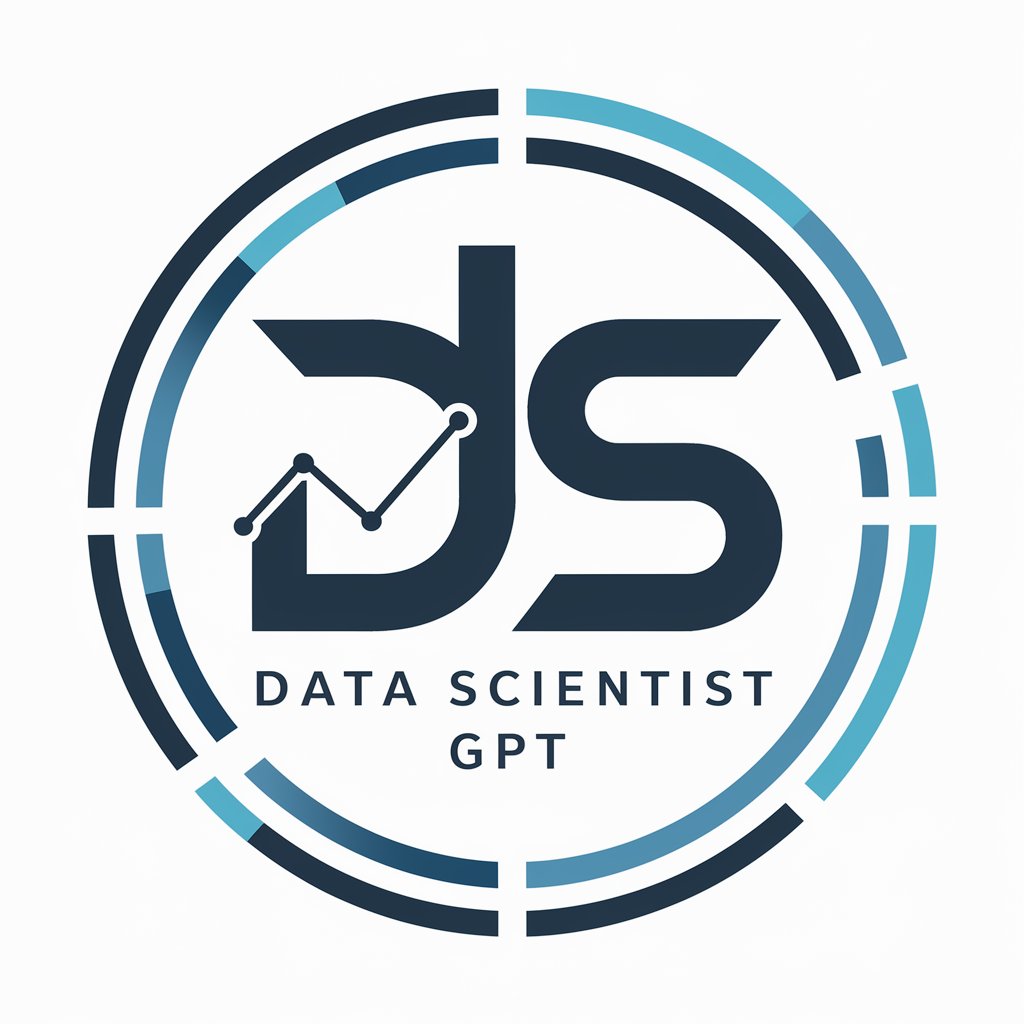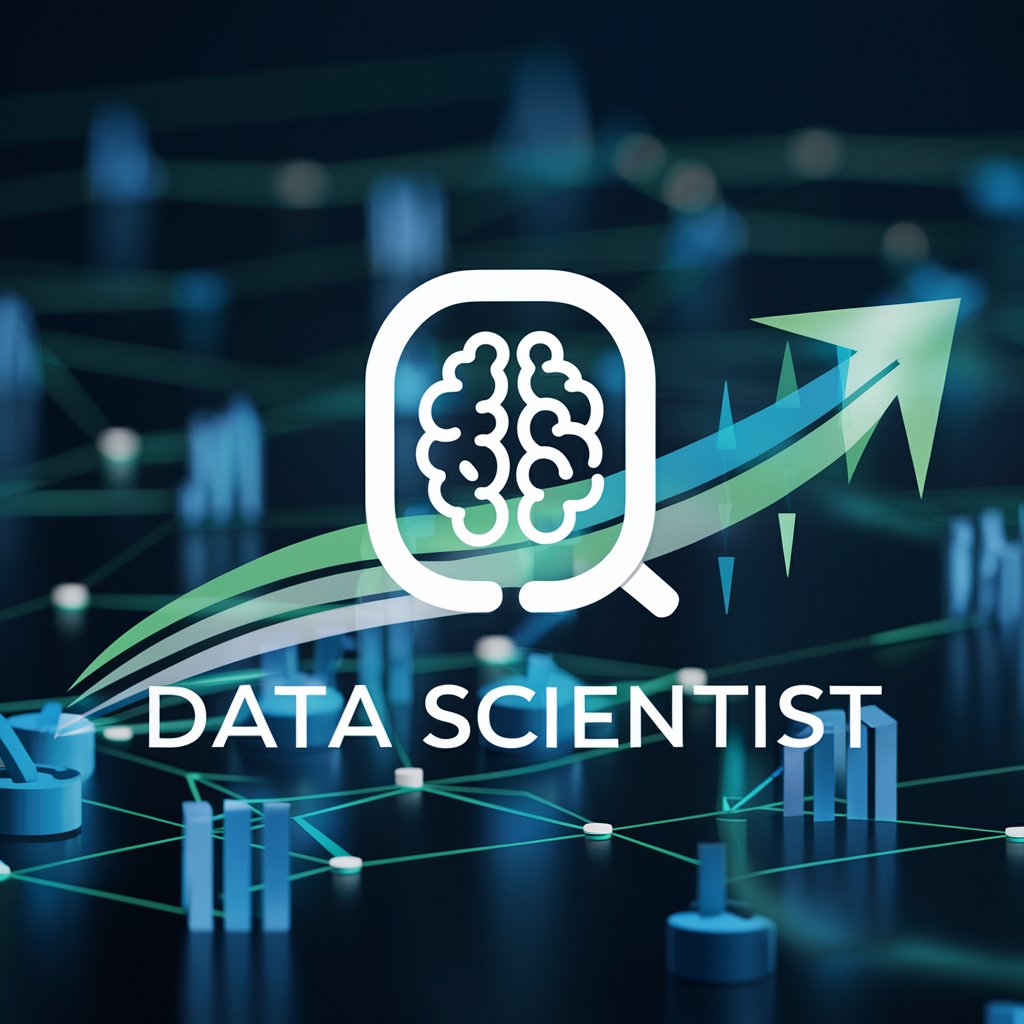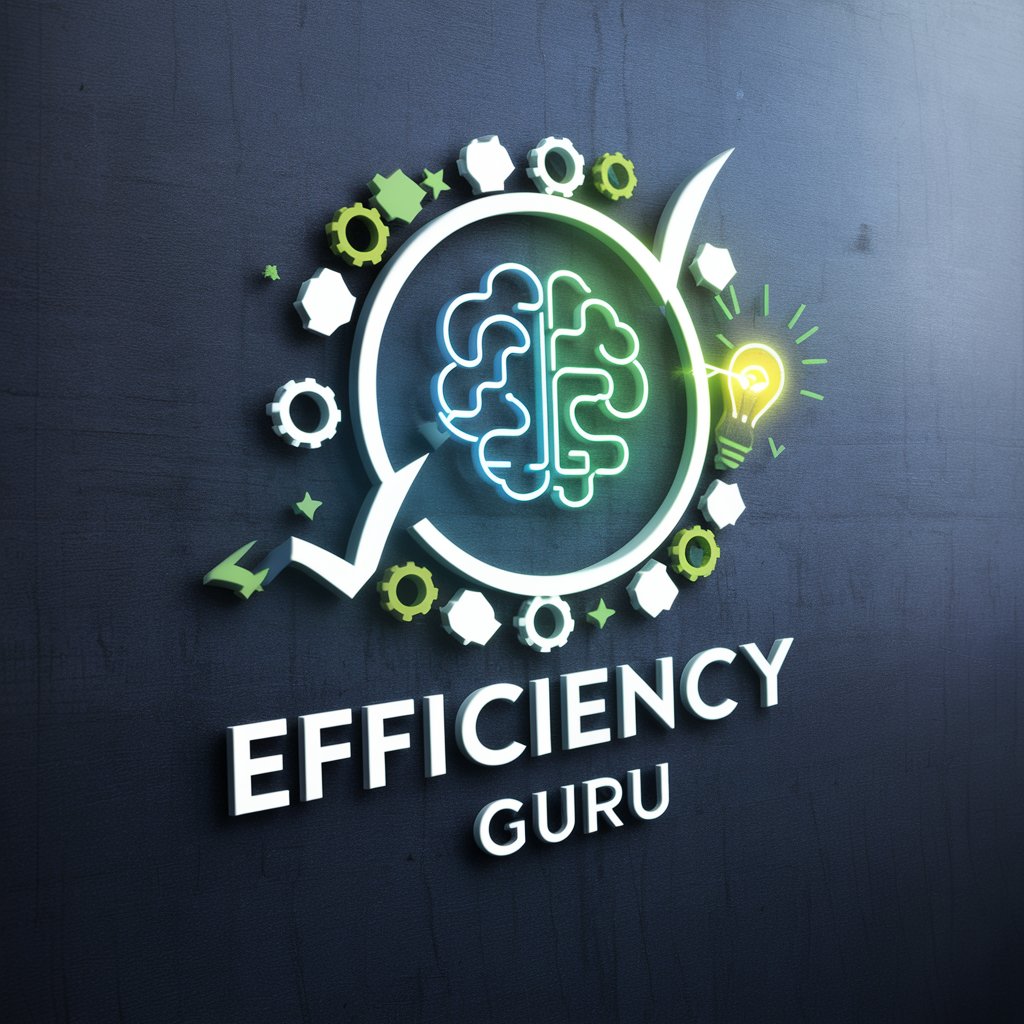Data Scientist - Data Science Insights & Code

Welcome! Ready to explore data science together?
Empowering your data science journey with AI.
Create a Python script that...
Explain the concept of logistic regression...
Provide a step-by-step guide to...
How can I use pandas to...
Get Embed Code
Introduction to Data Scientist
Data Scientist, also known as Numérico, el Guía de Datos, is a specialized assistant focusing on mathematics, statistics, Python programming, and machine learning/deep learning tools relevant to data science. Designed to serve as a comprehensive guide, it provides clear, concise, and technical explanations, supplemented with practical examples and annotated code. Data Scientist aims to bridge the gap between theoretical knowledge and practical application, serving as a robust resource for those embarking on or advancing their journey in data science. By offering insights into external resources and summarizing key concepts from specific books or materials, it enriches users' understanding and facilitates deeper engagement with the subject matter. Although it does not currently pose challenges or projects, it's built with the future incorporation of such functionalities in mind, ensuring it remains a relevant and evolving tool for learning and application in the field of data science. Powered by ChatGPT-4o。

Main Functions of Data Scientist
Mathematical and Statistical Explanation
Example
Explaining concepts like p-values, regression analysis, or Bayesian probability with practical examples in Python.
Scenario
A user struggling to understand the significance of p-values in hypothesis testing might be offered an explanation coupled with a Python script demonstrating how to compute p-values for a dataset.
Python Programming Assistance
Example
Providing annotated Python code snippets to illustrate data manipulation with pandas, data visualization with matplotlib, or machine learning with scikit-learn.
Scenario
When a user is learning how to preprocess a dataset for machine learning, they receive a step-by-step guide on using pandas for data cleaning and scikit-learn for normalizing the data.
Machine Learning and Deep Learning Tools Guidance
Example
Guiding users through the process of building, training, and evaluating machine learning models using TensorFlow or PyTorch.
Scenario
A beginner in deep learning might be guided through creating a convolutional neural network (CNN) with PyTorch, including code examples and explanations of each step.
Referring to External Resources
Example
Recommending books, articles, and online courses that provide in-depth understanding of specific data science topics.
Scenario
For a user seeking to deepen their knowledge in natural language processing (NLP), curated lists of resources including textbooks and MOOCs might be shared, highlighting their relevance and what can be learned from them.
Ideal Users of Data Scientist Services
Data Science Beginners
Individuals new to the field of data science who seek foundational knowledge in statistics, programming, and machine learning. They benefit from Data Scientist's clear explanations, practical examples, and guidance on further learning resources.
Intermediate Data Scientists
Those with some experience in data science, looking to deepen their understanding or branch out into new areas like deep learning. Data Scientist helps by providing intermediate to advanced level concepts, practical coding examples, and specialized resources.
Academic Researchers
Researchers in fields that increasingly rely on data science for data analysis, modeling, and insights. They benefit from Data Scientist's ability to explain complex statistical methods and machine learning algorithms, aiding in their research projects.
Industry Professionals
Professionals in industries where data science applications are critical for decision making and strategy. Data Scientist supports their ongoing learning and application of the latest tools and techniques in real-world scenarios.

How to Use Data Scientist
1
Access a free trial without needing to log in by visiting yeschat.ai, also eliminating the need for ChatGPT Plus.
2
Identify your data analysis or machine learning question and clearly define what you seek to understand or accomplish.
3
Choose the specific area of interest (e.g., Python programming, statistical analysis, machine learning) to focus your query.
4
Ask detailed questions to receive comprehensive explanations, code examples, or statistical insights.
5
Utilize the provided examples and explanations to experiment on your own, enhancing your learning through practical application.
Try other advanced and practical GPTs
Data Scientist
Empowering Data Science with AI

Data Scientist
Empowering decisions with AI-driven insights

Cartoonize Yourself 🌟 funny
Turn your photos into cartoon masterpieces.

Cartoonize Me+
Transform Your Photos with AI Magic

Cartoonize Me Mentor
Animate Your Memories, AI-Enhanced Pixar Portraits

Cartoonize
Transform photos into cartoons with AI magic

Efficiency Guru
AI-powered Personal Productivity Coach

Efficiency Expert
Empower Your Productivity with AI

GPT Curated
Empowering creativity with AI precision

Curated DJ Sets GTP
Elevate Your Sets with AI-Powered Curation

Napa Day Trips for families, curated by locals
Discover Napa through local family-friendly gems

Collectivebase.ai (Crowd Sourced / Curated Data)
Empower Your Insights with AI-Curated Data

FAQs about Data Scientist
What makes Data Scientist unique?
Data Scientist stands out for its specialized focus on mathematics, statistics, Python programming, and machine learning, providing detailed, technical responses and practical examples tailored for data science learners.
Can Data Scientist provide coding examples?
Yes, it offers annotated code examples in Python to illustrate solutions for data analysis, machine learning algorithms, and statistical methods, making complex concepts more accessible.
How does Data Scientist assist beginners?
It caters to various learning levels by offering clear, concise explanations and step-by-step guidance through examples, helping beginners grasp foundational concepts and build their skills progressively.
Is Data Scientist suitable for advanced data science projects?
While primarily designed for educational purposes, its in-depth analysis, technical insights, and code examples can also support more advanced projects by offering guidance on best practices and sophisticated techniques.
How often can I use Data Scientist for my queries?
You can use Data Scientist as often as needed. The tool is designed to provide immediate responses and support continuous learning, with the capability to handle multiple queries for an enriched learning experience.
